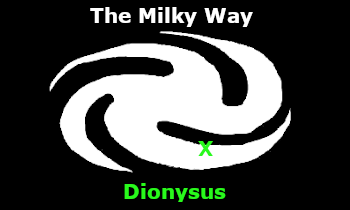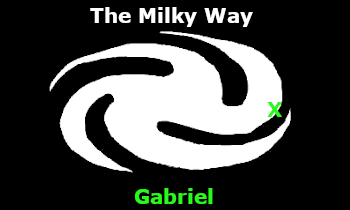History
Gibson was a Mars-sized world without a significant atmosphere or a biosphere, close to the early borders of the Planetary League. It is only a few light-years from the Paradise system, and unknown to the Planetary League, it held significant deposits of gravitonium and antimatter crystals, two rare and highly valuable materials. Word of this got around, though, and the rush was on.
After the mining wars settled down, (during which, the Planetary League was fended off by assorted mercenaries and pirates), the big corporations moved in. Ultimately, the planet’s ownership fell to a cartel of a few of the largest companies. Gibson is defended by a sizable force of mercenaries. The cartel maintains public order through private security firms, but there are no regulations on business. All residents are required to pay a prohibitive “citizenship fee” every year, or face indentured servitude to the cartel.
The gravity was boosted to Earth-normal via gravity-satellites, and a breathable, if polluted atmosphere was introduced. All the life-forms on Gibson were imported from off-world.
Gibson quickly became a favored location for companies to locate their headquarters. There are no business taxes on Gibson, and the surface is studded with arcologies and open-pit mines. Gibson is also a major hub of telecommunications and computer networking.
During the Great Reckoning, Gibson peaefully joined the Empire of Man, as much of the power behind the throne resided there.
During the war of Galactic Unification, Gibson resisted the Galactic Republic to the bitter end.










